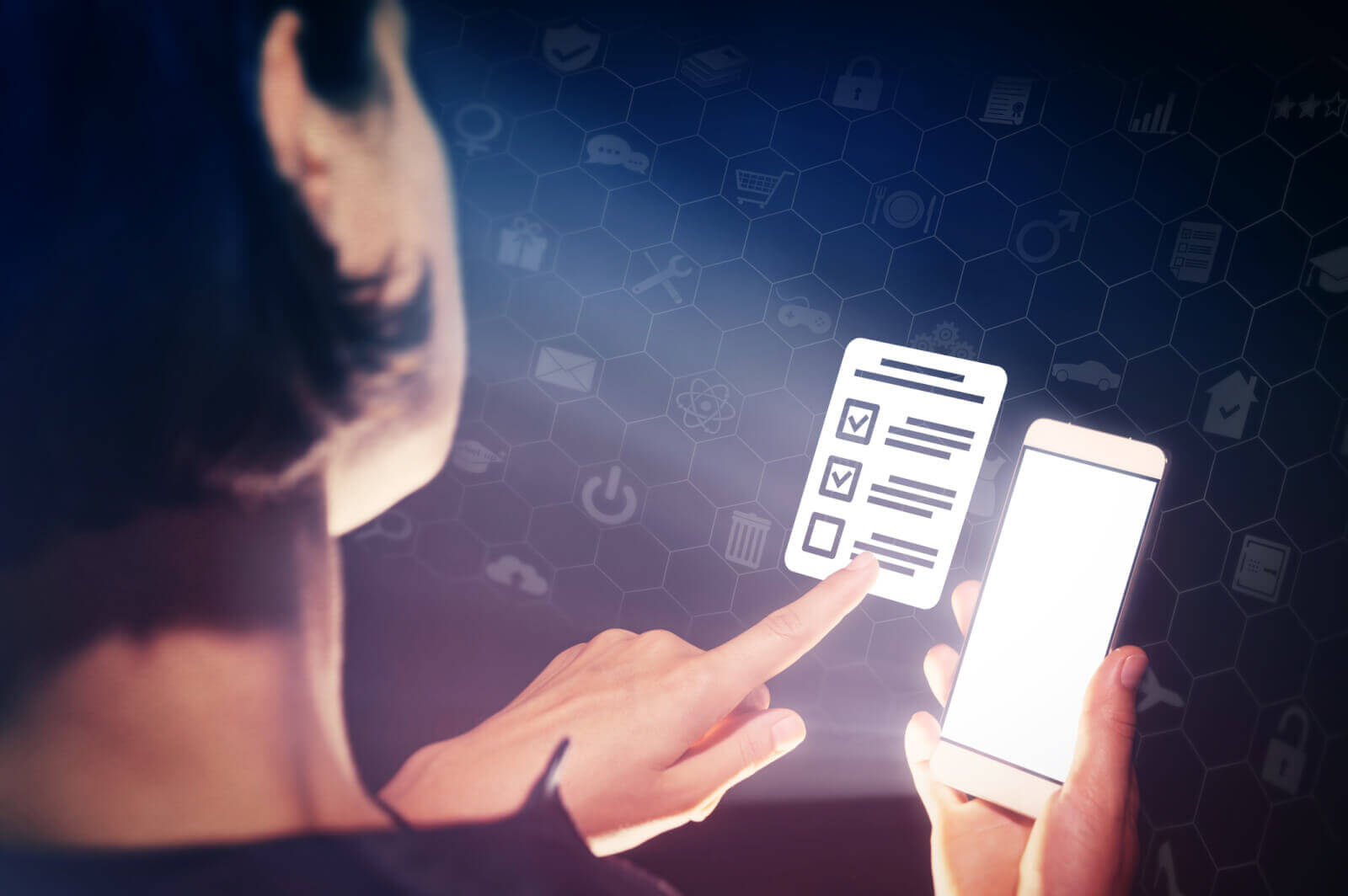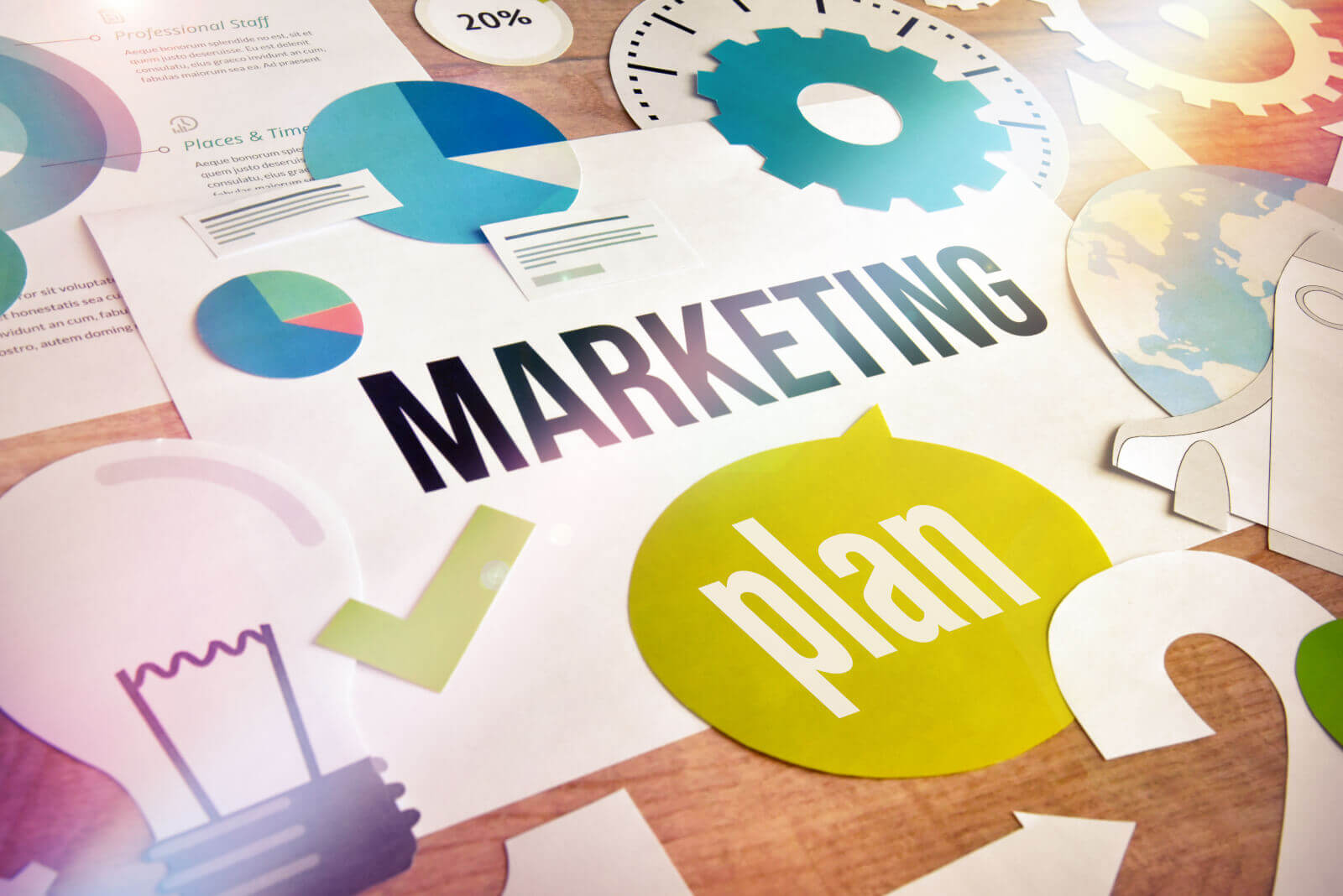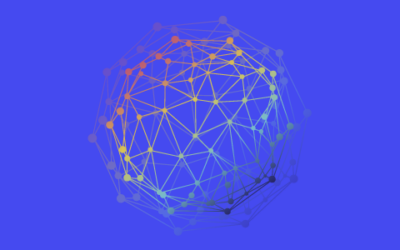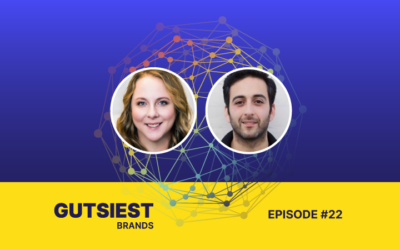TBT: Why Successful New Product Development Matters Now More Than Ever
Let’s say you’re a software company and you’ve had the same flagship product on the market for five years. It makes you money, you have a (mostly) loyal customer base, and a marketing plan that hums along. New product development just isn’t at the top of your priority list right now.
That is, until three of your competitors suddenly show up on the scene. They’re loud, they’re proud, and they’re vying for your customers. And they’ll get them, even the loyal ones, because each one of those competitors is selling a shinier product than yours and they’ve got several more on tap that you don’t.
The question to ask isn’t: can’t you just make your top product better? You could, and maybe you’ll spend R&D budget getting to a viable 2.0. The problem is, your existing customers and even your qualified leads already know your product—and it’s not necessarily a reboot that they’re looking for.
Better consumer experiences come from new product development
A recent survey reported that over three-quarters of customers said it’s easier than ever to take their business elsewhere, switching to different brands to find an experience that matches their expectations. Combine this with 63% of customers expecting companies to provide new products and services more frequently (than ever before) and 66% of them saying it takes more to impress them with new products and services (than ever before), and you’re starting to get the picture.
It’s that “more than ever” piece to pay attention to because it illustrates the direction we’re all moving in, which is to say in the direction consumers take us.
It doesn’t matter if you operate in tech, food and beverage, online retail, consumer packaged goods (CPG), or another vertical. The story is virtually the same wherever you go: today’s consumers expect a quality experience. And one of the ways they seek a quality experience is in new ideas and fresh innovation. Companies that can deliver smarter, more user-friendly, more personalized answers to the challenges consumers face are doing so by developing new products. In essence, new products bring new value.

So the question to really ask is: what can you innovate on or develop that provides new value to the customer?
Let your customers reveal the value
The Internet is chock full of product development strategies and step-by-step guidelines. Each one is helpful in its own right, whether you plan to develop in-house or find a partner who can do the heavy lifting.
But before you begin to create any new product or service, you first need to make sure you have a deep understanding of your target audience. The foundation of any new product development plan is built upon customer research. And while that may seem obvious, how to practically conduct, gather, and analyze good customer research in the world today is a bit more elusive.
With so many avenues to go down — from capturing the buzz on social media platforms to running customer surveys to collecting in-store point-of-sale data to tracking marketing campaign results — it’s difficult for many companies to know what to focus on first or how to comb through and aggregate only the most relevant information to your new product ideas.
The key is in trusting that customers will reveal what’s valuable to them if you coax it out of them in the right ways. This means putting yourself inside their minds and environments so you can pick up on cues and gain impressions, however subtle or not, that tell you what you didn’t know before. As you take steps to new product success, make sure to let your customers lead.
4 customer-centric areas to focus on for new product development
Each of these customer-centric areas can reveal something new or different about your customers during specific phases of product development, but can be applied at any point along the way when you need to take into account their preferences and expectations:
1: Customer interviews
Phase: Ideation
One of the tried-and-true methods of market research has always been customer interviews. But they’re especially helpful during the ideation phase of innovation and product development when leadership, design, and development teams are actively courting lightbulb moments.
Focus groups (online or in person) or in-depth interviews are designed to uncover problems and potential solutions without selling anything, thereby giving participants the space and freedom to say what comes to mind. But the beauty of these interviews is the unexpected detours they can sometimes take.

For example, participants may be talking about the tastiness of microwaveable meals, but suddenly you hear in the interviews that the participants are actually longing for stovetop meals in which they can add their own seasoning or adjust the seasoning that’s provided with the meal. Now the conversation is less about whether convenient microwaveable meals taste good at all, so much as it’s about sacrificing some portion of convenience for the ability to spice a meal up or down during the actual cooking process and according to personal preference. Bingo.
Takeaway: Don’t underestimate what you might learn from your customers when their guards are down. Surprises and aha moments can be superhighways to new product success.
2: Customer sample sizes
Phase: Ideation, concepting
Many companies tend to think that when it comes to researching customer expectations, the larger the sample size, the better. But this isn’t always true, and in fact a too-large sample can introduce unwieldiness to the process that soaks up precious time and resources and doesn’t allow you to keep up with the constantly shifting wants and needs of consumers (especially these days!).
It may be counterintuitive, but whether you’re a huge global company or a mid-sized business seeking to understand your audience, you don’t necessarily need a panel of respondents proportionate to your existing or projected customer base. All you really need is a sample (even a small one) that allows you to identify patterns you can then extrapolate into product concepts.
Imagine you’re a CPG brand with a family of toothpaste products you sell to a large customer base throughout North America. You’re thinking about introducing a mouthwash to the mix, and what you really need to know to move forward is the likelihood of your current customers embracing it. In this case, you don’t need to tap into and sift through 200 different opinions. A panel of 25 respondents will reveal the overall patterns of enthusiasm you’re looking for so you can move forward with a concept.
Takeaway: Using a smaller sample size to quickly identify patterns keeps the customer research phase moving along and adheres to agile best practices for new product development.
3. Customer language
Phase: Concepting, testing, refinement
One of the core principles of user experience (UX) design is customer language, but it’s just as invaluable in the larger scope of new product development. That’s because the words your customers use when talking about products and brands give authentic insight into their perspectives and experiences.
It’s always interesting to know that the way you speak about your products and services internally can be pretty far removed from the way your customers speak about them. The list of features on the packaging or benefits in the app tour may be written in a foreign language for all it matters to your customers at times. If they refer to a function or benefit as Y, it doesn’t matter if you think of it as X.
Going back to software as an example, consider how conducting user testing of your current apps can help inform a new app concept. Are users confused because they’re assuming your financial services app should put “invoicing” front and center, but it’s listed second or third in the menu under “billing?” Or do they refer to “1099 employees” by a different term? And is the term they use indicative of a larger problem they’re really trying to solve? It could be that collecting, managing, and reporting on “taxes” and “payments” for “contractors” is starting to reveal itself as a whole new product.
Takeaway: Listen to the language your customers use to find out what they’re really trying to do or fulfill, and to discover any gaps in your current offering that could be solved, simplified, or clarified with a new product.
4. Customer data
Phase: Concepting, testing, refinement, marketing
If the enormous breadth, depth, and volume of big data feels overwhelming, consider this: when customer behavioral data is combined with customer survey data, it can be one of the most worthy tools for revealing customer personalities and emotions and laying the groundwork for product personalization.
When customers are attracted to new brands or products, it’s often because they feel a personal connection to what’s on offer. This connection is formed from the customer’s nuanced emotional responses and deeply held values, and it’s what triggers buying decisions—or, conversely, sudden switches to a competitor. Personalities, emotions, and values provide the root motivations underlying customer behaviors and preferences.
Think about this example: a scan of social media platforms and a customer survey in your target demographic show that your new product concept—a frozen alcoholic beverage—doesn’t necessarily hold appeal across the board like you thought it would, but that it does rank very high in one segment of your audience: those who are extroverted, agreeable, and actively seek positive affirmation from friends and acquaintances. This niche audience segment is, in fact, your best bet for trying and adopting your new product, as well as influencing others in their network to try it as well. By zeroing in on who to actually develop for and market to, you’ve built a ready-made customer base.
Takeaway: Layering big data onto customer surveys leads you toward ideal customer segments. It informs everything from concepting to product packaging to marketing so you can accelerate time to profitability once your new product launches.
Bringing the customer into your marketing strategy
Customer research doesn’t just have a place before and during the development phases. Once you’re ready to launch a new product, how you market it makes the difference between effectively connecting to your target audience and falling flat.

It follows that the customer’s experience of your product development marketing strategy is just as important as the product itself. Arguably, marketing begins long before the new product is finished. Using any insights gleaned from the four customer-centric areas listed above, your marketing team can figure out how to best position your new product among the competition (customer interviews, customer sample sizes) and define benefits that speak directly to potential users (customer language, customer data).
Product marketing is itself an iterative process, just like new product development. In addition to testing product concepts, you can also test marketing and ad concepts — from landing pages to social media and email campaigns to other digital methods. To provide an optimal customer experience, make sure your marketing strategy:
- Uses language that resonates with target customer segments
- Recognizes and empathizes with the emotions and values of customers
- Reaches customers at the right times and on the right devices
- Personalizes communications to meet today’s expectations
Landing right and saving time in-market
Focusing on the customer throughout the product development process has an additional benefit: you increase the possibility of your new product “landing right” with your customers in the market, thus saving you time by not having to rethink, re-package, or even re-launch if sales had failed to meet expectations.
As companies everywhere continue to feel the drive to bring new products to market ahead of the competition, the emphasis on speed — for better or worse — fuels decisions around when, how, and how long to conduct customer research. But because customers don’t particularly care what your processes are, only that the relationship they have with your brand remains satisfying, the research tools and methodologies that can operate with speed, flexibility, and adaptability will win the day and help stave off customer abandonment.
Landing right and saving time is possible with tools and technologies that enable the agility you need to get to audience insights faster. For example, when combining customer behavioral data with surveys, as discussed above, one of the best ways to do this is through automation. As opposed to the months of manual work that traditional market research would have required in the past, today you can automate the entire process so that in just a few weeks you’re able to:
- Discover the audience’s personality and emotional triggers
- Divide the audience into sub-segments that have the greatest likelihood for product adoption
- Use the personality data to determine the product and features most likely to resonate
- Determine the best forms of communication and channels in which to market to and connect with your customers
The end result is that your chances of product failure and a disappointed audience are much reduced—and you did not have to sacrifice the important element of speed.
Product innovation success
As market research continues to modernize through the use of big data analysis, automation technology, and even artificial intelligence (AI), the ability to earn and retain happy customers, as well as offer ever-more rewarding customer experiences, only increases. When you understand customer personalities and preferences, the language that makes the most sense to them, and the digital spaces in which they hang out, you can better anticipate their needs on the front end of product development and build more trust in the long term.
In this way, utilizing new product development as a means of demonstrating value to customers becomes much easier and moves you critically closer toward product innovation success.
To see an example of how a tech company used holistic audience insights to build and optimize a new product to ensure success with a very specific target audience, see the infographic below.
Learn how GutCheck’s Persona Connector solution leverages a combination of survey and big data to bring actionability to persona development.
Follow us on
Check Out Our Most Recent Blog Posts
When Vocation and Avocation Collide
At GutCheck, we have four brand pillars upon which we build our business. One of those is to 'lead...
Reflections on Season 1 of Gutsiest Brands
Understanding people is at the heart of market research. Sure, companies want to know what ideas...
Permission to Evolve with Miguel Garcia Castillo
(highlights from Episode #22 of the Gutsiest Brands podcast) Check out the latest lessons from our...
1-877-990-8111
[email protected]
© 2023 GutCheck is a registered trademark of Brainyak, Inc. All rights reserved.
© 2020 GutCheck is a registered trademark of Brainyak, Inc. All rights reserved.



